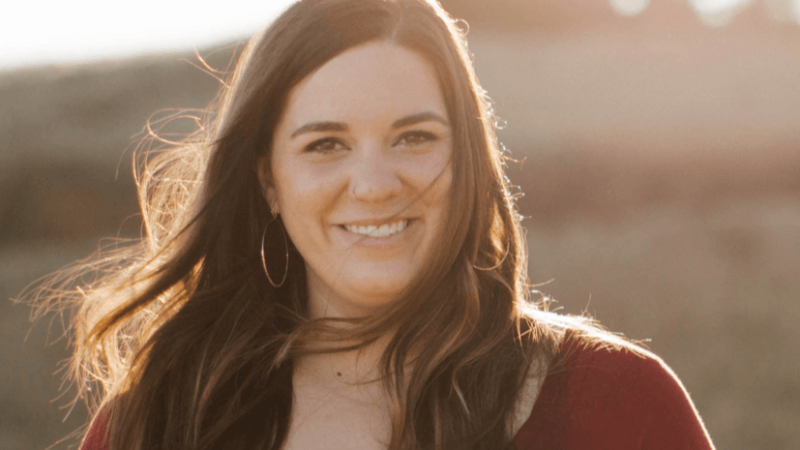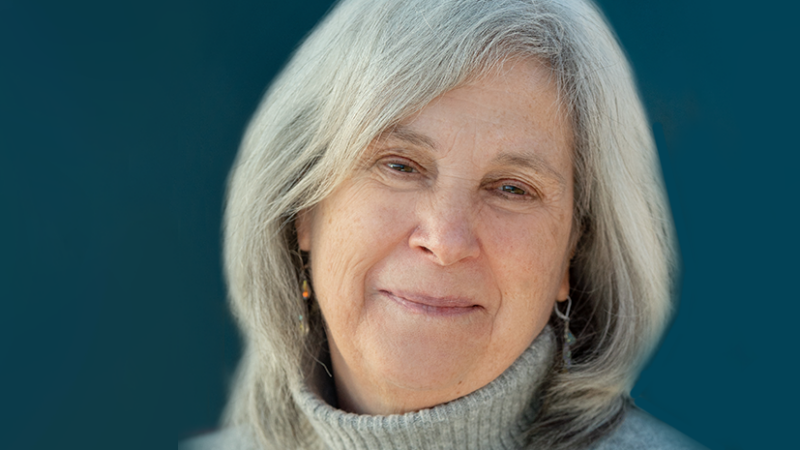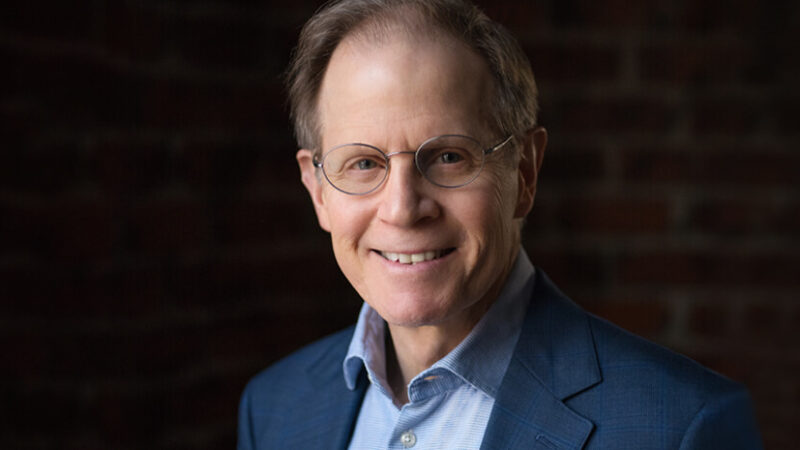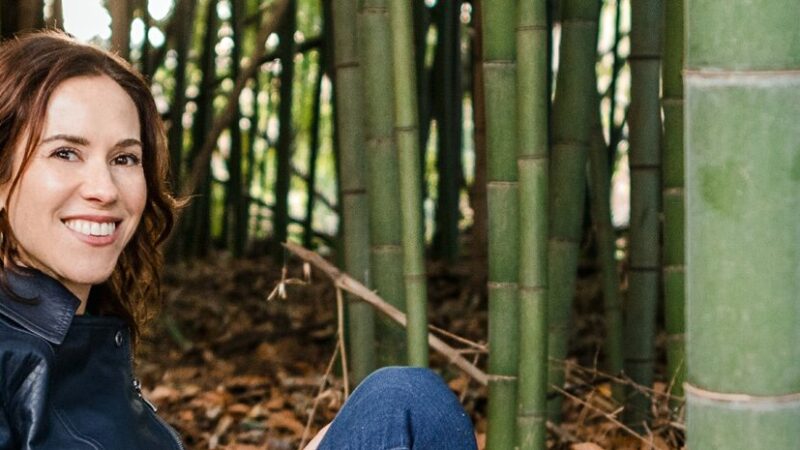-
E117: The Real Work: Letting Go from Within
Michael Singer — October 2, 2025
True spirituality isn’t about mystical experiences or lofty ideals—it’s about honestly facing...
-
Once More: Reflections on Reincarnation and the Gap Between Lives
Tami Simon — September 26, 2025
In this special reflection episode of Insights at the Edge host Tami Simon looks back on her...
-
Honey Tasting Meditation: Build Your Relationship with Sweetness
There is a saying that goes “hurt people hurt people.” I believe this to be true. We have been...
Written by:
Amy Burtaine, Michelle Cassandra Johnson
-
Many Voices, One Journey
The Sounds True Blog
Insights, reflections, and practices from Sounds True teachers, authors, staff, and more. Have a look—to find some inspiration and wisdom for uplifting your day.
Standing Together, and Stepping Up
Written By:
Tami Simon -
The Michael Singer Podcast
Your Highest Intention: Self-Realization
Michael Singer discusses intention—"perhaps the deepest thing we can talk about"—and the path to self-realization.
This Week:
E116: Doing the Best You Can: The Path to Liberation -
Many Voices, One Journey
The Sounds True Blog
Insights, reflections, and practices from Sounds True teachers, authors, staff, and more. Have a look—to find some inspiration and wisdom for uplifting your day.
Take Your Inner Child on Playdates
Written By:
Megan Sherer
600 Podcasts and Counting...
Subscribe to Insights at the Edge to hear all of Tami's interviews (transcripts available, too!), featuring Eckhart Tolle, Caroline Myss, Tara Brach, Jack Kornfield, Adyashanti, and many more.
Most Recent
What We Long For
Becca Piastrelli is a writer, speaker, ancestral folk medicine keeper, and women’s group facilitator. She is a leader in women’s empowerment and earth wisdom, teaching women how to cultivate a greater sense of belonging. With Sounds True, she has authored the book Root and Ritual. In this podcast, Becca joins Tami Simon to discuss the lifelong journey of reclaiming our sense of belonging, with a particular focus on four areas: land, lineage, community, and self. Becca and Tami also explore the concept of loneliness as both a personal and a systemic challenge, humbling ourselves to the natural world, confronting the pain and grief of colonization, listening to the soul of your home, healing the “great severing” of our root systems, the Indigenous concept of the “ever happening” and receiving the support of our ancestors, the somatic experience of ritual, the importance of being witnessed in our journey of transformation, and much more.
Becoming an Active Operator of Your Nervous System
Deb Dana, LCSW, is a clinician and consultant specializing in using the lens of Polyvagal Theory to understand and resolve the impact of trauma and create ways of working that honor the role of the autonomic nervous system. Her clinical publications include The Polyvagal Theory in Therapy: Engaging the Rhythm of Regulation and The Polyvagal Flip Chart: Understanding the Science of Safety, and her Sounds True publications include the audio program, Befriending Your Nervous System: Looking Through the Lens of Polyvagal Theory, and her new book Anchored: How to Befriend Your Nervous System Using Polyvagal Theory.
In this podcast, Tami Simon converses with Deb Dana to offer listeners a practical understanding of Polyvagal Theory and how we can begin to decode the language of our body for better health and better relationships. Tami and Deb also discuss the dorsal, sympathetic, and ventral states of our nervous system; the gifts of becoming “anchored in ventral”; neuroception, your nervous system’s way of taking in information to assess your safety; curiosity and the capacity for self-reflection; the importance of self-care; co-regulation as a biological imperative; why self-regulation is especially critical for therapists and other helping professionals; music and nature as healing resources; the practice of self-compassion as a means of “getting our anchor back”; and more.
Embracing Pleasure, Fractal Responsibility, and the Po...
adrienne maree brown is a social justice facilitator and the bestselling author of Pleasure Activism: The Politics of Feeling Good; Emergent Strategy: Shaping Change, Changing Worlds; and We Will Not Cancel Us: And Other Dreams of Transformative Justice. She cohosts the How to Survive the End of the World and Octavia’s Parables podcasts. In this episode of Insights at the Edge (which first aired as part of our Walking Together series), Tami Simon speaks with adrienne about the concept of “fractal responsibility” and how the world changes as we change ourselves; engaging in “critical relationships” and finding the courage to hold ourselves accountable; cultivating 1,000 percent honesty and trust; figuring out your right work—or what adrienne calls “your most elegant next step”; pleasure activism and “reclaiming your erotic yes”; holding the grief and suffering that seem beyond our capacity; and imagining a future that works for the majority of us.
Customer Favorites
Daniel J. Siegel: IntraConnected: Discovering MWe (Me ...
We may have a mental understanding that all of life is one inseparable whole, yet how do we actually feel into this reality? And how do we relate to others and the world from this felt awareness? Dr. Daniel J. Siegel is a visionary creative thinker, professor, and founder of the field of interpersonal neurobiology. With Sounds True, he has authored numerous audio programs and courses, and his internationally bestselling books offer us an empowering new understanding of our bodies, our minds, and our mutual interdependence.
In this podcast, Tami Simon speaks with Dr. Siegel about his book IntraConnected: MWe (Me + We) as the Integration of Self, Identity, and Belonging. Listen now as they explore the direct experience of being the whole of life; interconnection versus intraconnection; honoring the inner, the inter, and the intra; E. O. Wilson’s concept of consilience; the promotion of “linkages” as the basis of well-being; quantum physics and the study of energy; the Wheel of Awareness practice; the three-pillar practice of focused attention, opening awareness, and building kind intention; the power of wandering and “relaxing the flimsy fantasy of certainty”; our survival instincts and the investment in being separate; how mindfulness practice interrupts the “anticipatory brain” and brings us back to presence; the multiple pandemics of our time, and the lie that our identity is only in the “solo self”; how the tapestry of reality is of love and connection; seeing yourself as a verb instead of a noun; pervasive leadership, and how we’re all called to assist in “the Great Turning”; and more.
Note: This episode originally aired on Sounds True One, where these special episodes of Insights at the Edge are available to watch live on video and with exclusive access to Q&As with our guests. Learn more at join.soundstrue.com.
Carley Hauck: Being Brave and Loving at Work
Carley Hauck is a learning architect, leadership development consultant, author, speaker, and coach who serves as adjunct faculty at Stanford University and UC Berkeley Haas School of Business. She has worked with hundreds of leaders in Fortune 100 companies and high-growth startups such as LinkedIn, Genentech, Pixar, Clif Bar, Intuit, and Bank of the West. With Sounds True, Carley has published the book Shine: Ignite Your Inner Game to Lead Consciously at Work and in the World. In this podcast, Carley meets with Sounds True founder Tami Simon to discuss leading in a more conscious and inclusive way, cultivating a new operating model for how we go about conducting ourselves in business, leading change when you’re not the company’s leader, maintaining well-being and the ability to flourish at work, and more.
A.H. Almaas: Endless Enlightenment
A.H. Almaas is the pen name of of Hameed Ali, the author of more than 14 books, founder of The Ridhwan School, and creator of the “the Diamond Approach” of spiritual inquiry and development. With Sounds True, Hameed has created a new online course called Endless Enlightenment: The view of totality in the Diamond Approach. In this episode of Insights at the Edge, Tami Simon and Hameed converse on the markers one can recognize on the path to enlightenment—and beyond. They talk about how nondual realization isn’t the endpoint of the spiritual path, and how setting goals for that journey may do more harm than good. Finally, Hameed explains his teaching of the view of totality, its development over a span of 20 years, and why he’s decided to share it now with the world.
(67 minutes)






